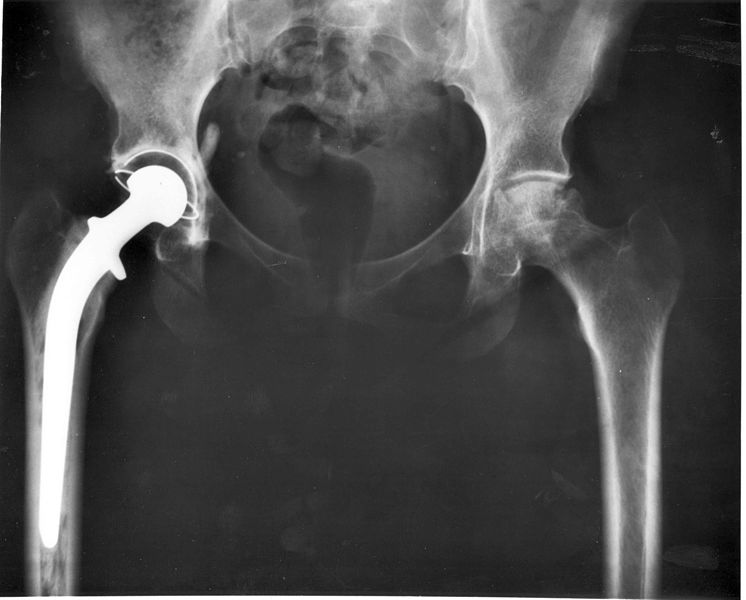Texas Instruments (TI), one of the leading global electronic manufacturers, has been known for its innovation in designing and manufacturing cutting-edge semiconductors and integrated circuits. The company’s innovation is at full display in its groundbreaking power modules, which it introduced recently. Using MagPack integrated magnetic packaging technology, the six new power modules have increased power density, higher efficiency, and less electromagnetic interference (EMI).
Thanks to the new magnetic packaging technology, this new line of power modules marks a significant leap forward in the field of power electronics. Notably, the MagPack technology integrates power chips with inductors within a single compact package. Thus, according to TI, the power modules are 23% smaller than their competitors, making them ideal for applications in industrial, enterprise, and communication systems.
Moreover, the new design reduced temperatures by limiting power losses in the system. Consequently, TI representatives highlighted the use of their new products in data centers, adding that through their unique 3D package molding process, MagPack optimizes the dimensions of power modules. As a result, they achieve a remarkable power density of approximately 1 A/mm².
“We want to empower our customers with the ability to achieve more power in small spaces,” said Roja de Cande, Product Line Manager at Texas Instruments. “This is not only a key power challenge we are addressing today but one we believe we’ll still be innovating for decades to come.”
Thermal management is another key advantage of MagPack technology. The integrated power inductor is tailored to minimize direct-current and alternating-current losses, allowing for efficient heat dissipation. This results in improved efficiency by up to 2%, with TI’s TPSM82866 offering 4% better efficiency than previous generations, 17% lower thermal resistance, and a 10°C higher safe operating area (SOA). Furthermore, TI employed shielding capabilities within the module to reduce EMI, which offers customers a streamlined path to lower costs and faster time to market.







